Automation has become the backbone of modern businesses in 2025. From startups to large enterprises, every organization is looking for ways to streamline workflows, reduce manual tasks, and connect multiple apps seamlessly. Tools like n8n have gained attention because they allow users to design automated workflows without writing extensive code. However, while n8n is popular, it is not the only option available. Many open-source automation tools provide unique features, flexibility, and community support that can sometimes make them even better suited for specific use cases.
Choosing the right open-source automation platform can make or break the efficiency of your processes. As more companies adopt low-code and no-code solutions, open-source alternatives to n8n are becoming vital. These tools are not only cost-effective but also customizable, giving developers and non-developers alike the freedom to design workflows exactly the way they want.
In this blog, we will explore the six best open-source n8n alternatives in 2025. We will look into their features, benefits, and what makes them different from n8n. By the end of this article, you will have a clear understanding of which platform might be the best choice for your automation needs.
Why Look for n8n Alternatives?
Before we dive into the alternatives, it’s important to understand why businesses often search for tools beyond n8n. While n8n is powerful, it does have limitations. Some users find that scaling with n8n becomes difficult, especially in larger environments. Others note that the user interface can feel overwhelming for beginners who are not deeply familiar with automation workflows.
Another factor is performance. With the increasing demand for faster automation in 2025, businesses want a solution that can handle high-volume data transfers with minimal downtime. Open-source alternatives often provide flexibility for organizations to fine-tune performance according to their own infrastructure.
Additionally, some companies require very specific integrations, and while n8n supports many applications, there might be gaps that other tools fill more efficiently. Therefore, exploring alternatives ensures you are not locked into a single solution.
1. Node-RED
Node-RED is one of the most widely recognized open-source automation platforms. It has been around for several years and is developed by IBM’s Emerging Technology Services team. What makes Node-RED stand out is its visual programming approach, where users can design workflows using a drag-and-drop interface.
Node-RED is lightweight and perfect for IoT applications. Many developers use it to connect sensors, devices, and APIs in a simple way. In 2025, Node-RED continues to grow because of its strong community and large library of pre-built nodes that make integration seamless.
Another strength of Node-RED is its flexibility in deployment. Whether you want to run it on a cloud server, an on-premise system, or even a Raspberry Pi, it adapts to different environments. Compared to n8n, Node-RED feels more mature for IoT and hardware-related workflows, which is why many businesses that rely on connected devices prefer it.
2. Huginn
Huginn is another powerful open-source alternative to n8n. Unlike traditional workflow tools, Huginn works as an agent-based system where you create small agents that watch for events, process information, and take actions automatically. It is extremely customizable and perfect for businesses that want complete control over their automation processes.
One of the key reasons Huginn is popular in 2025 is its focus on security and privacy. While many automation tools rely heavily on third-party services, Huginn gives you the power to run everything locally. This is especially beneficial for industries like healthcare, finance, or government organizations where sensitive data cannot be shared externally.
Huginn is often compared to having your own private version of Zapier, but with much more freedom. It might take a bit more effort to set up compared to n8n, but once configured, it becomes a reliable tool for long-term automation.
3. Automatisch
Automatisch has quickly risen as one of the most exciting open-source workflow automation platforms in 2025. It is often described as a true competitor to Zapier, Make, and n8n. The platform focuses on simplicity without compromising performance.
Automatisch offers a clean, modern interface that is easier for beginners compared to n8n. It provides many integrations out of the box, allowing users to connect popular services like Slack, Google Drive, and databases instantly. Businesses appreciate how Automatisch balances ease of use with scalability, making it suitable for both small teams and large enterprises.
Another strength is that Automatisch has an active developer community that consistently updates the platform with new connectors and bug fixes. For companies seeking a straightforward, open-source solution that resembles commercial tools but without the price tag, Automatisch is an excellent choice.
4. Apache Airflow
Apache Airflow is a well-known platform used primarily for orchestrating complex data workflows. Originally developed by Airbnb and later adopted by the Apache Software Foundation, Airflow is built for managing large-scale data pipelines.
Unlike n8n, which focuses on general workflow automation, Apache Airflow is more specialized for data engineers and developers. It uses Python-based Directed Acyclic Graphs (DAGs) to define tasks and workflows. This makes it extremely powerful when dealing with data processing, machine learning pipelines, or ETL jobs.
In 2025, Airflow remains the go-to solution for businesses that rely heavily on big data. Although it has a steeper learning curve compared to other tools, its performance and reliability in handling massive workflows make it an essential choice for enterprises. If your organization needs automation at the data engineering level, Airflow is a strong alternative to n8n.
5. Kestra
Kestra is a relatively new but rapidly growing open-source orchestration platform that is gaining attention in 2025. It focuses on managing both simple and complex workflows with a scalable architecture. Kestra offers YAML-based workflow definitions, which give developers more precision and control.
What sets Kestra apart from n8n is its ability to handle highly distributed workflows while maintaining a user-friendly experience. It supports event-driven executions, making it ideal for businesses that need automation triggered by real-time data events.
Kestra also integrates with popular cloud services and databases, making it versatile for different industries. With its modern design and growing community, Kestra is becoming one of the most reliable alternatives for companies looking for scalability beyond what n8n provides.
6. Windmill
Windmill is another rising star in the open-source automation space. It focuses on combining low-code workflows with developer-friendly features. Unlike traditional drag-and-drop platforms, Windmill allows developers to write scripts directly while still offering a visual builder for non-technical users.
This hybrid approach makes Windmill stand out because it serves both developers who need flexibility and teams that prefer simplicity. Windmill has gained popularity in 2025 because it supports multiple programming languages, allowing organizations to integrate their existing code with workflows.
Compared to n8n, Windmill gives more room for customization. It is perfect for businesses that want the best of both worlds: a no-code environment for quick automation and a coding interface for advanced use cases.
How to Choose the Right Alternative
Now that we’ve explored six strong open-source alternatives to n8n, the question remains: how do you decide which one is right for you?
The answer depends on your needs. If you are focused on IoT or device integrations, Node-RED might be the best fit. If privacy and security are your top priorities, Huginn provides more control. For teams that want a user-friendly Zapier-like experience, Automatisch stands out. Data-heavy enterprises might lean toward Apache Airflow, while those who want scalability and event-driven workflows could choose Kestra. And for businesses seeking a balance between coding and low-code flexibility, Windmill is an excellent option.
Understanding your goals, infrastructure, and the level of technical expertise within your team will guide you toward the right decision.
Key Takeaways
Open-source automation tools have evolved significantly in 2025. While n8n remains a strong player, there are several alternatives that might better suit specific needs. Node-RED continues to dominate in IoT applications. Huginn provides unmatched privacy for sensitive industries. Automatisch gives an easy-to-use, Zapier-like experience without high costs. Apache Airflow is perfect for data-intensive organizations. Kestra delivers scalability and event-driven performance. Windmill balances no-code simplicity with developer flexibility.
The best choice depends on the unique requirements of your organization, but what is certain is that open-source automation is here to stay and will only grow stronger.
Our Opinion
At Soraia, we believe that open-source automation platforms are essential for businesses that want flexibility, cost-effectiveness, and long-term scalability. While n8n is an impressive tool, these six alternatives provide additional opportunities depending on your industry and goals.
If you are unsure which solution is right for you, our team at Soraia can help you analyze your business requirements and guide you toward the most efficient platform. Contact us today at +39 3513850536 or +33 769318855 and let us help you transform your workflows with the best automation solution available.
FAQs
Is n8n still a good choice in 2025?
Yes, n8n remains a reliable automation tool. However, alternatives might be more suitable depending on your business needs, scalability requirements, or integration preferences.
Are all these n8n alternatives free?
Most of these platforms are open-source, meaning they are free to use. However, some offer premium versions with additional support and enterprise features.
Which n8n alternative is easiest for beginners?
Automatisch is often considered the most beginner-friendly option because of its clean interface and ready-to-use integrations.
Which tool is best for data-heavy workflows?
Apache Airflow is the strongest choice for managing large-scale data workflows, making it ideal for data engineers and big data projects.
Can these tools replace Zapier and Make as well?
Yes, many of these platforms, especially Automatisch and Node-RED, provide functionality that rivals commercial tools like Zapier and Make, often with more customization options.




.avif)


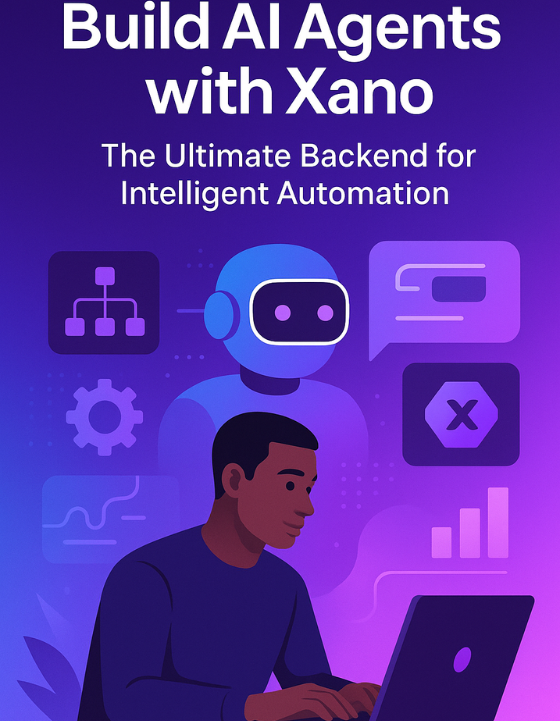
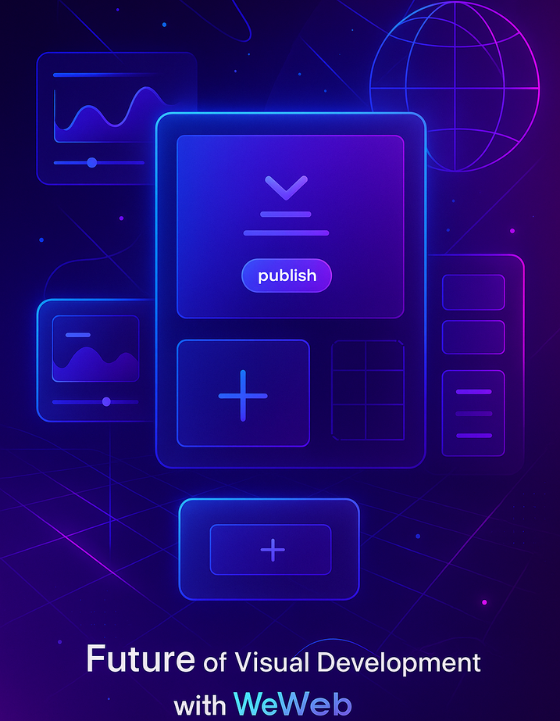
.png)
.png)
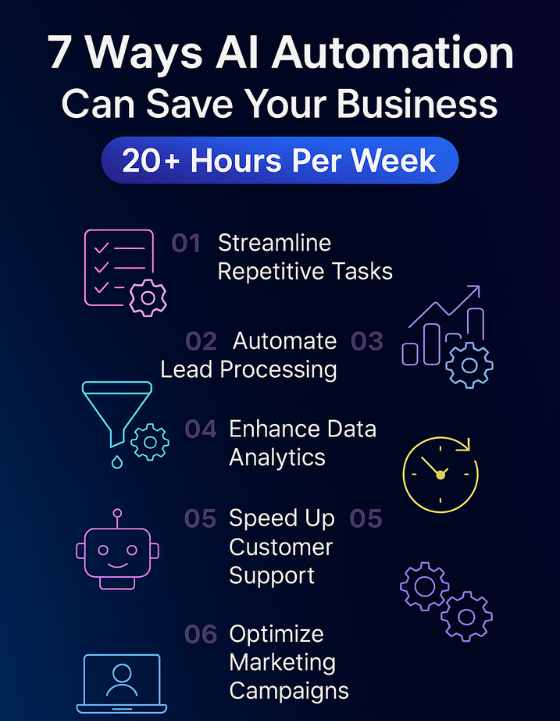
.jpg)
.jpg)
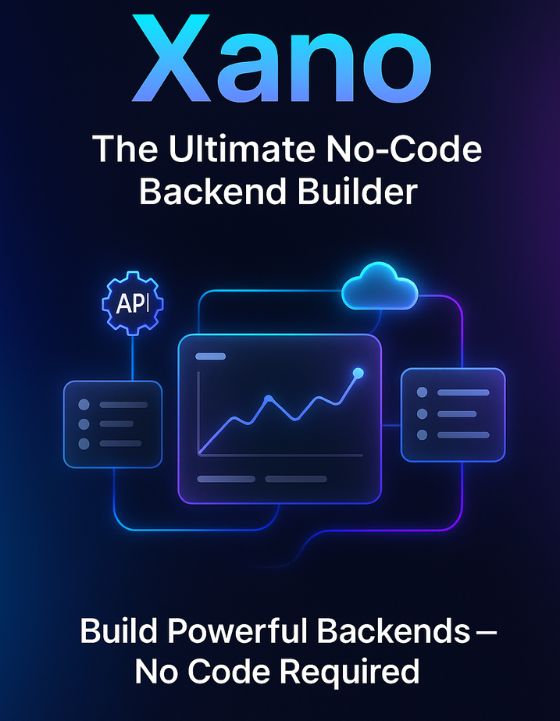
.png)
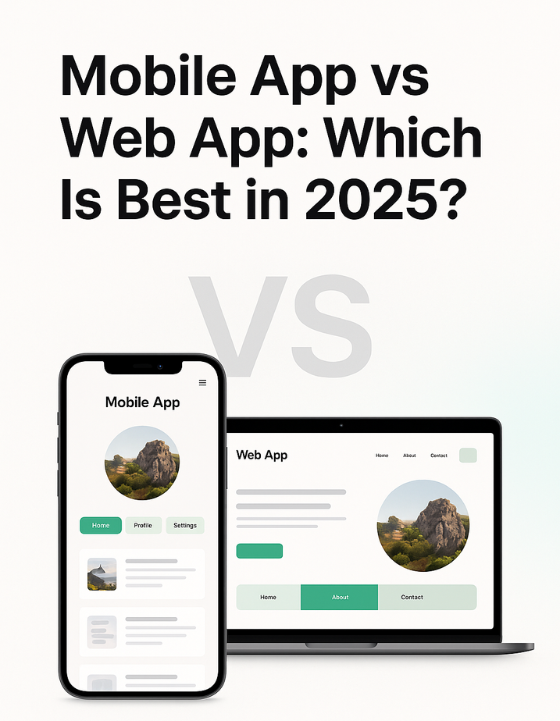
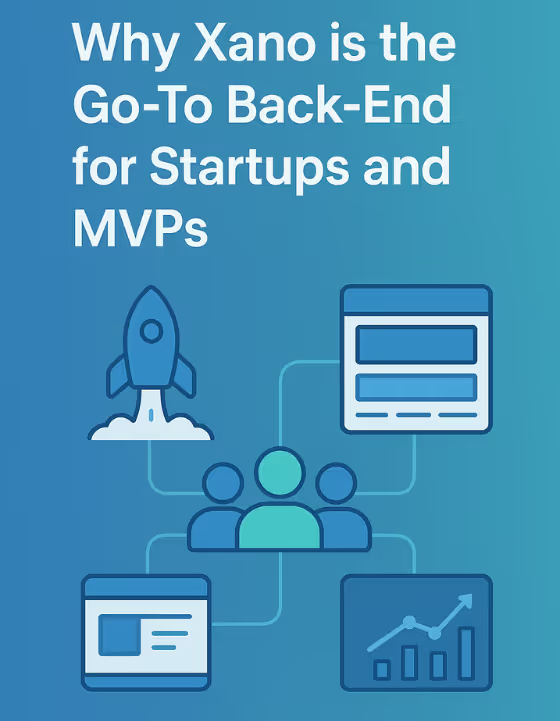



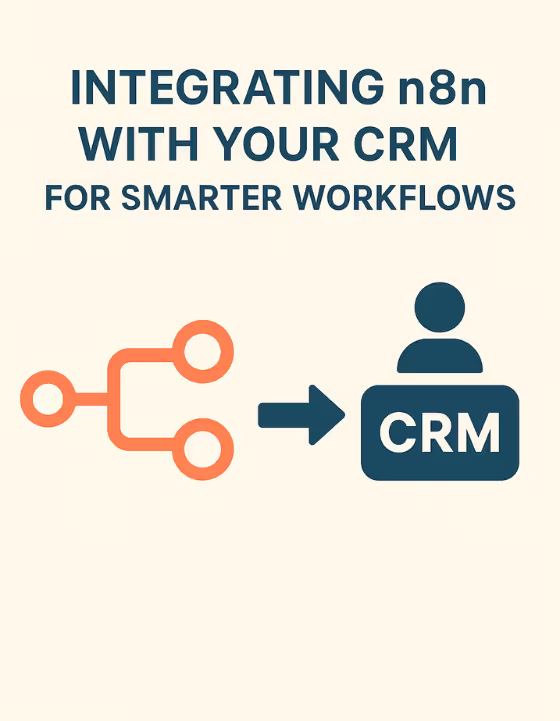
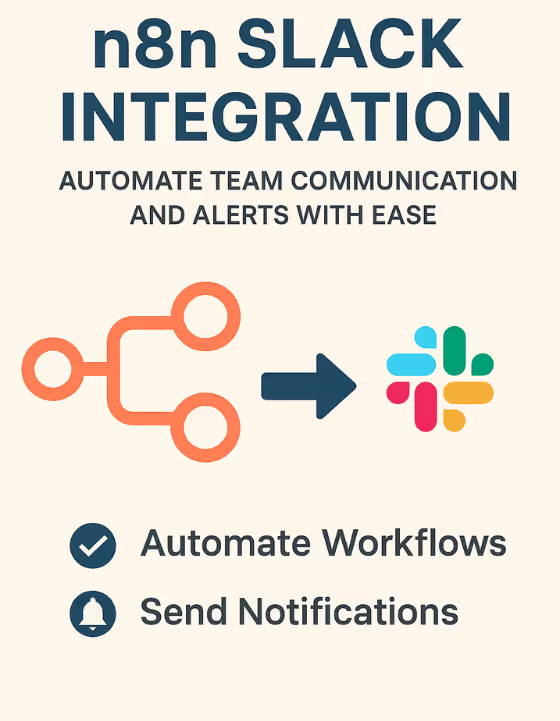













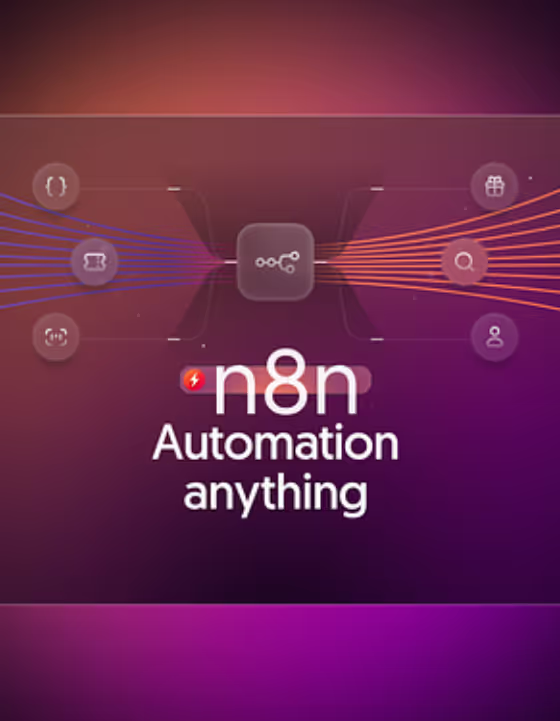


.avif)






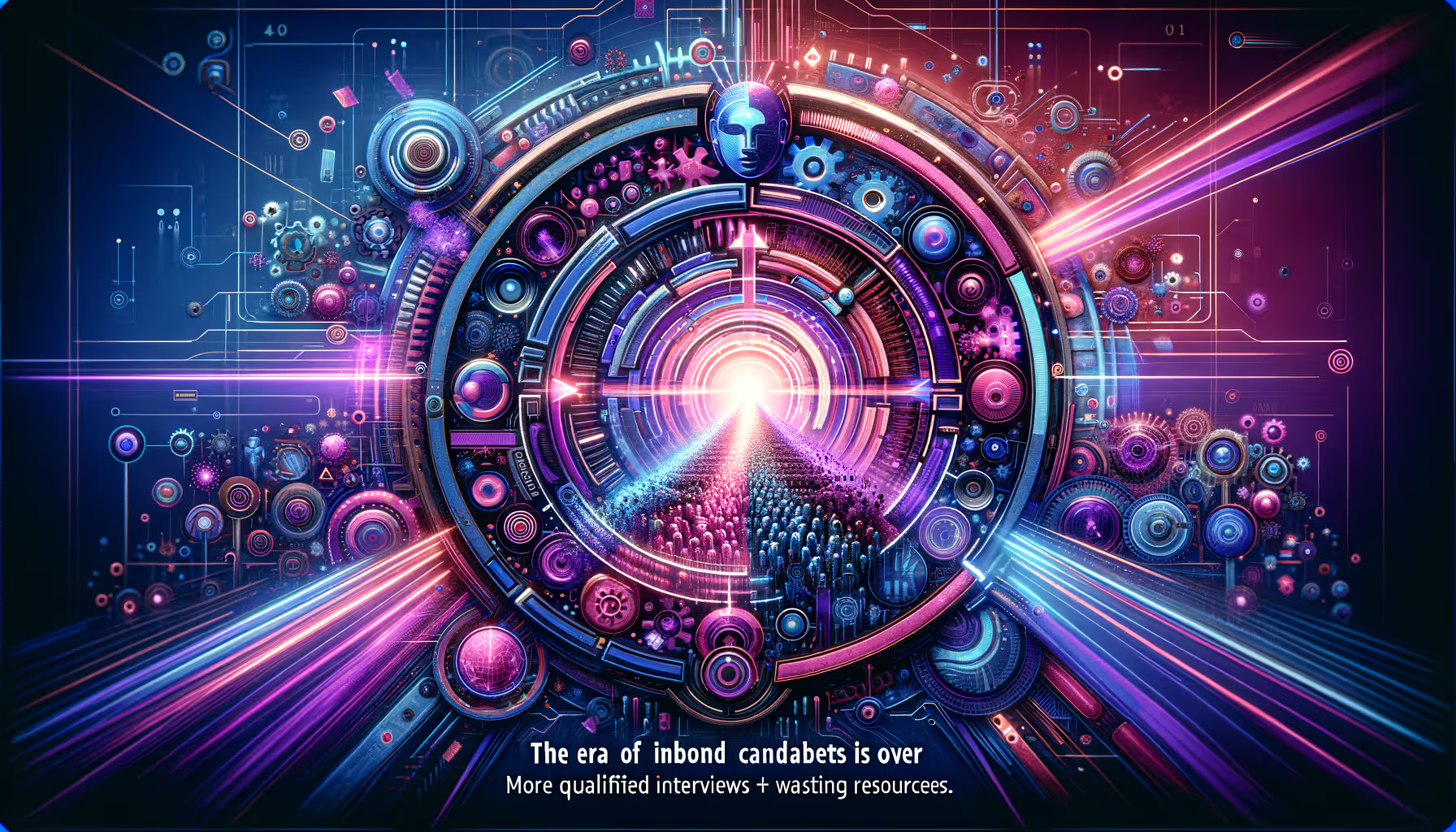
















.avif)














.avif)

.webp)





